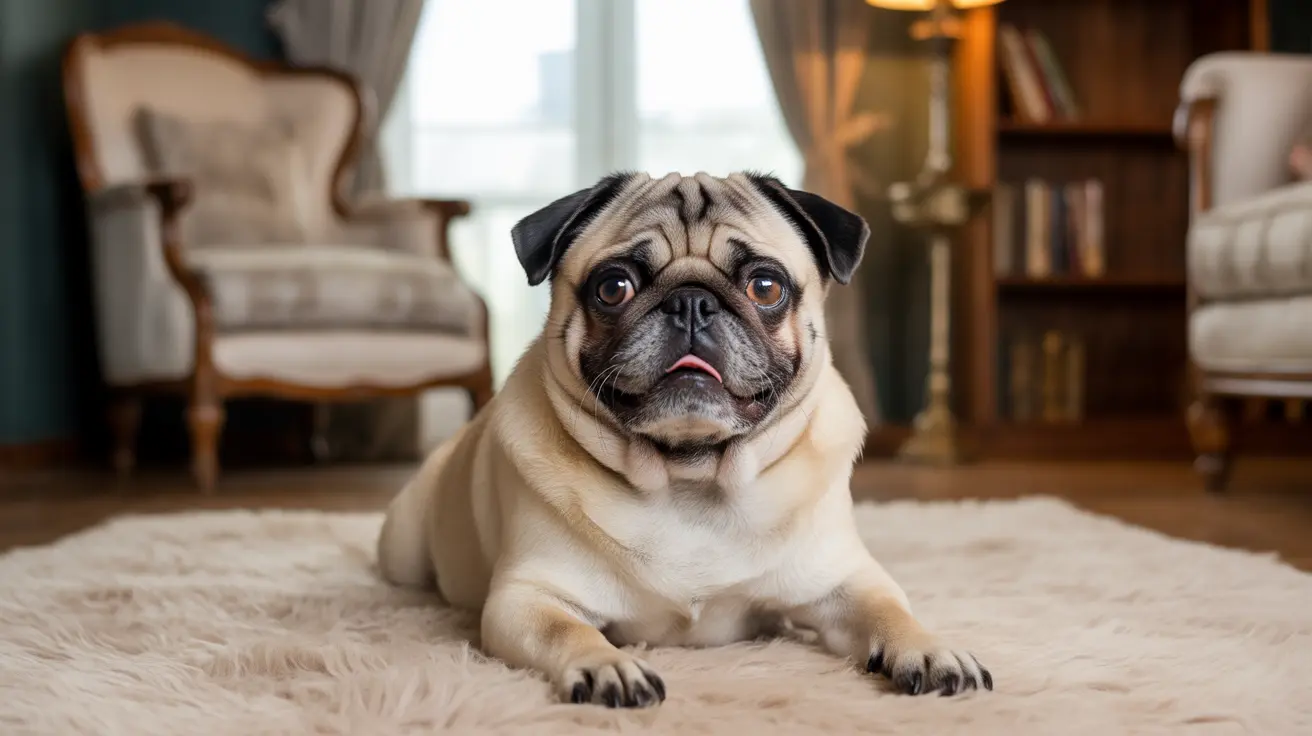Understanding Frito Feet in Dogs: Causes, Breeds, and Prevention
If you've ever noticed your dog's paws smelling like corn chips, you're not alone. This quirky odor, often referred to as "Frito feet", is surprisingly common. While many pet owners find the scent amusing and harmless, it actually stems from a combination of natural bacteria and yeast that inhabit a dog's skin—particularly the paws.
What Causes Frito Feet?
The main culprits behind the smell are bacteria such as Proteus and Pseudomonas, along with various yeast species. These microorganisms naturally live on the skin and usually do not cause harm. However, the paws are a particularly cozy place for them to thrive due to:
- Moisture and warmth: Dogs sweat through their paw pads. This moisture, especially after activity or sleeping, creates an ideal environment for microbes.
- Paw anatomy: The crevices between toe pads and longer hair can trap moisture and provide shelter for bacterial growth.
- Paw licking: When dogs lick their paws, they add saliva and increase moisture, encouraging further microbial development.
Are Some Dog Breeds More Susceptible?
While Frito feet can affect any dog breed, certain physical traits may make some dogs more prone to this condition, specifically:
- Long-haired breeds whose paw fur can trap moisture (e.g., Golden Retrievers, Shih Tzus, Cavaliers).
- Breeds with droopy or tightly closed toes, which can limit airflow and create damp microenvironments (e.g., Cocker Spaniels, Basset Hounds).
- Brachi-cephalic breeds, who may have more skin folds and lick themselves more frequently in response to allergies (e.g., Bulldogs, Pugs).
When Is It a Concern?
While the smell itself is usually harmless,
- Strong, putrid smells
- Redness, swelling, or sores
- Excessive licking or chewing
- Paw sensitivity or limping
- Discoloration or nail issues
If you notice these symptoms, it's advisable to consult a veterinarian. These could point to yeast or bacterial infections, allergic reactions, or even underlying skin diseases.
Prevention and Hygiene Tips
Keeping your dog’s feet clean and dry is key to minimizing the corn chip scent and keeping paws healthy. Here are some proactive steps:
- Paw washing: Rinse paws with dog-safe soap and water after walks.
- Thorough drying: Always dry paws completely, especially between the toes.
- Paw fur trimming: Trim hair in the paw pad area to improve air circulation.
- Regular nail trimming: Short nails help prevent trapped debris and promote cleanliness.
- Clean bedding: Wash pet bedding regularly to reduce environmental bacteria.
- Limit exposure to allergens: Especially during wet or pollen-heavy months.
Treatment Options
If Frito feet progress beyond a mild odor, treatment may involve:
- Medicated wipes or shampoo prescribed by a vet
- Antifungal or antibacterial sprays
- Allergy management if symptoms are recurring
Importantly, avoid self-medication or using harsh treatments without veterinary advice, as disrupting the skin's natural microbial balance can worsen the problem.
Could the Smell Come From Elsewhere?
Very rarely, what smells like Frito feet might be emanating from other moist body areas like ears or skin folds. If your dog shows signs of discomfort, frequent licking, or limping, it's critical to rule out other issues through professional evaluation.
Conclusion
Frito feet are a common and mostly harmless condition influenced by moisture, microbes, and occasional paw anatomy. While breed plays a minor role, proper hygiene and attention to paw health can prevent the smell from becoming problematic. If ever in doubt, observe your dog's behavior and consult your vet at the first sign of discomfort or strange odors. After all, healthy paws make happy dogs!





